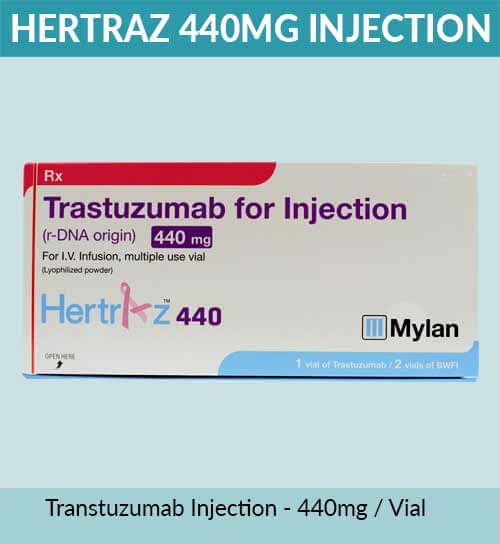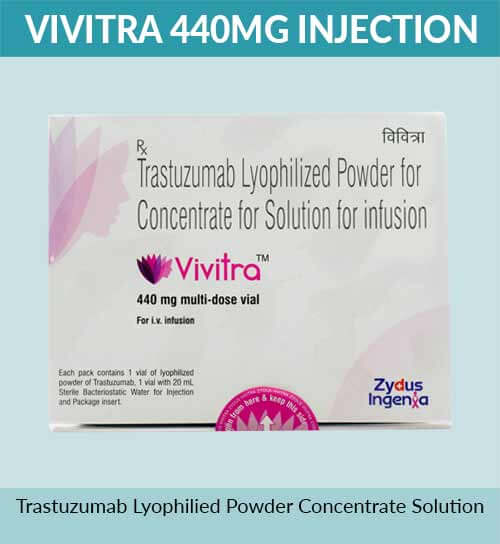Trastuzumab
Trastuzumab is a medication used in the treatment of HER2-positive breast cancer, which is a type of breast cancer that overexpresses the HER2 protein. It is a targeted therapy that belongs to a class of drugs called monoclonal antibodies.
Trastuzumab works by binding to the HER2 receptors on cancer cells, inhibiting their growth and signaling pathways. By blocking the HER2 protein, trastuzumab helps to slow down or stop the growth of HER2-positive breast cancer cells.
This medication is commonly used in the treatment of early-stage and advanced-stage HER2-positive breast cancer. It may be administered alone or in combination with other chemotherapy drugs or targeted therapies, depending on the specific treatment plan determined by the healthcare provider.
Trastuzumab is typically given intravenously, either as a standalone treatment or in combination with chemotherapy. In some cases, it may also be given subcutaneously (under the skin).
While trastuzumab has been shown to be highly effective in the treatment of HER2-positive breast cancer, it can have side effects. Common side effects include fatigue, nausea, vomiting, diarrhea, and fever. In rare cases, it may cause more serious side effects, such as heart problems or infusion reactions. Regular monitoring and follow-up with the healthcare team are important to manage and address any potential side effects.
It is worth noting that trastuzumab has significantly improved the outcomes for patients with HER2-positive breast cancer, increasing survival rates and reducing the risk of cancer recurrence. It has become a standard of care in the management of HER2-positive breast cancer and has played a crucial role in personalized medicine approaches.
In summary, trastuzumab is a targeted therapy used in the treatment of HER2-positive breast cancer. By specifically targeting the HER2 protein, it helps to inhibit the growth of cancer cells and improve patient outcomes. While it can have side effects, its benefits in treating HER2-positive breast cancer have been substantial, making it an important component of treatment for eligible patients.



